Investing Do's and Don'ts During Market Volatility
.jpg)
Market volatility is referred to the standard deviation of a market over time. It is characterized by price fluctuations in the market. The more frequently the prices move up and down, the higher the volatility. This unpredictable nature of the market can be concerning for investors, especially if you are starting out and relatively new to the experience. Volatility can also be a problem for experienced investors at times and may lead to panic selling. However, the way the market functions is beyond your control, and there is almost nothing you can do to stop or alter market volatility.
Volatility can be a result of several factors. Economic factors like inflation and political factors like legislation and policies can influence volatility. Additionally, market prices can also spiral with changes in a particular sector. For example, the Ukraine-Russia war caused a rise in oil prices. Sometimes business-related incidents like a product recall can also induce market volatility, leading to fluctuating prices. It is important to note that market volatility is not the same as investment risk. Risk is caused due to volatility but is entirely different.
Investing in volatile markets can be stressful and challenging. You may not always see the rewards you expect. However, there are several ways to navigate around the rapid highs and lows of the market. If you need guidance, consider consulting with a professional financial advisor who can advise you on how to tackle market volatility and secure your investments. Here are some do's and don'ts that you can follow.
Do's of investing in volatile markets
When volatility strikes, the following tips can help:
1. Use the buy-and-hold strategy
The buy-and-hold strategy is a long-term investment approach that is recommended by many financial experts and investors, including pioneers like Warren Buffett. In simple words, the buy and hold investment module favors the long investment term over the short. When you stay invested for the long term without paying heed to the short-term price movements, you gain resistance from losses. If you invest in a stock with a long-term investment view, you will not sell it even if its price rises sharply in a month's time. Irrespective of how high the price moves or how low the price goes, you abstain from making abrupt selling decisions and instead hold the share for many years before redeeming it for a profit. You can make mild moderations to your portfolio as and when time and circumstance demand. For example, bonds like the Treasury Inflation-Protected Securities (TIPS) can be suitable if the inflation rate increases. Likewise, stock investing may be better when the prices fall, as you can get a good bargain. However, the basic foundation of your portfolio should remain the same.
Staying invested during volatile markets with the buy and hold investment strategy can offer a number of advantages other than beating market volatility. This is a passive investment strategy. Therefore, it is an excellent option for novice investors or those who have a low-risk appetite. With a passive investment strategy, you remove the need to time the market, actively monitor price movements and make timely judgment calls. You can simply sit back and relax and let your money work for you. You also get to save money. Frequent trading can increase the associated costs. However, with the buy and hold strategy, you limit these additional charges. The taxes levied on long-term capital gains are also lower than short-term capital gains tax. Therefore, the buy and hold strategy facilitates tax savings, too.
Eliminating human error is another significant advantage of the buy and hold strategy. The more you actively trade, the more mistakes you can make. These errors can cost you money and time. On the other hand, a buy and hold investment approach is limited to finding the right investment options for you once. You can research the market, pick the right investments for your risk and goals, and accordingly invest. The process does not have to be repeated over and over again.
2. Diversify your investments
Diversifying your investments offers immunity from abrupt market fluctuations. Even in a volatile market, some asset classes and sectors may react differently. Some may show sharp declines, while others may be able to persevere. Therefore, when you diversify or distribute your money in different types of investments, you do not limit your growth or concentrate your risk in one place. Instead of looking for the best investments for a volatile market, try to diversify and keep a blend of multiple investment options. You can invest in stocks, bonds, commodities, index funds, exchange-traded funds, and more to ensure that your returns are balanced. Every asset class presents a level of risk. For example, equity can be high risk, whereas debt is considered to carry low risk. Therefore, when you invest 60% in stocks and 40% in debt, you create a balanced portfolio that offers growth but also insulates you from losses. Compared to a 100% stock portfolio that can present too much risk in the face of volatile prices, the 60/40 blend can be more advisable. Moreover, it is essential also to diversify within stocks. When investing in volatile markets, you can look at different sectors, market capitalizations, and countries. Experts recommend keeping at least 20 to 60 stocks in the portfolio for optimal diversification. These can be international stocks, small-cap stocks, penny stocks, dividend-paying stocks, and others. The right mix can be different for different people, and a financial advisor can help you determine the suitable combination for your individual needs.
3. Invest in large-cap companies
When you invest in stocks, the market capitalization of the concerned company plays a critical role. Market capitalization refers to the total outstanding shares of a company and is categorized as small-, mid-, and large-cap. Small-cap refers to the new companies that are not as well-established and have a market of $300 million to $2 billion. Mid-cap companies are established businesses but still have the potential to grow. These companies have a market cap of $2 billion to $10 billion. Lastly, large-cap companies are those that are well-established with a market cap of $10 billion or more. Large-cap stocks, like all others, contain some risk. However, since these are big companies, they have the power to withstand extreme market lows and remain steady even during volatile phases. This makes them ideal for investing in volatile markets. If you are concerned about market volatility, you can consider investing more in large-cap stocks. However, as stated above, it may still be advised to keep a blend of small-, mid-, and large-cap to ensure an optimally diversified portfolio.
4. Keep an emergency fund
Volatile markets can be harsh on your financial security. Therefore, an emergency fund is a must to ride out this period of uncertainty. When the market declines, your investment returns can drop. If you depend on these returns for your present financial needs, you may find it hard to cover your expenses. An emergency fund can be helpful in these cases. It is an integral piece of the puzzle in a financial plan. In fact, financial advisors recommend having an emergency fund at all times to ensure you are never out of funds. For example, it can protect you against inflation. It can help you if you lose your job or have a health emergency. An emergency fund is also crucial as it eliminates the need for unplanned debt. When you are in a financial crisis, you may turn to debt, which can further impact your financial future. This is different from planned debts like a home mortgage. For these, you can ensure you have a financial plan in place so are not as negatively affected.
Liquidity is the most significant advantage of having an emergency fund in a volatile market. When the market takes a downturn, you still have a safety net to rely on and can use your emergency fund instead of selling your investments at a loss to cover your expenses. It may be advised to keep the equivalent of at least six to eight months of your salary in an emergency fund to meet most needs and stay unaffected by diverse market conditions.
5. Review your portfolio with a financial advisor
Investing in volatile markets can be stressful as you are surrounded by fear and panic. A lot of things can go wrong here. Acting out of panic or from a place of ignorance can lead to losses. You may not have a proper understanding of the market or know what to do in such a situation. Therefore, hiring a financial advisor is highly advised at such a time. Getting professional assistance can be particularly essential for someone who is just starting out. However, experienced investors can equally benefit from the arrangement. Reviewing your portfolio with a financial advisor can help you identify the problem areas. If some investments have taken a massive downturn, your first reaction may be to sell them. However, that is not always the best course of action. A financial advisor can help you take the proper steps. This may include staying put, shifting to bonds or large-cap stocks, and other similar measures to curtail the losses and meet your distinct needs. It is also essential to understand that a volatile market may affect you differently at different phases of life. If you are young, you may be unaffected by market swings compared to if you are going to retire soon. A financial advisor can take these factors into account and advise you accordingly.
SPONSORED WISERADVISOR
Don'ts of investing in volatile markets
Here are some things to avoid:
1. Avoid panic selling
The biggest mistake you can make in a volatile market can be to act out of fear. Panic selling is the first instinct that most investors have. However, it is crucial not to pay heed to it. Panic selling leads to further loss and goes against the principle of long-term investing. While the market may move up and down, your losses are not realized unless you sell your investments and redeem your money. Since markets work in a cycle, your losses do eventually bounce back over time. Therefore, unless you have an urgent requirement for cash, such as a medical emergency or other similar needs, it is strongly advised not to sell your assets. This is also why it is recommended to keep an emergency fund with you all the time. So that even if you have a financial need, you can use the fund and not sell your investments.
Panic selling also creates issues for active traders. When the market is in a volatile phase, the trading volume exponentially increases. With high volumes, the execution takes longer. This creates a difference in the price. When you place a trade, the price may be high, and when the trade is finally executed, the price may have changed, resulting in a loss. This may differ from firm to firm, but there may always be such discrepancies. Further, since most trading takes place online these days, there can be delays in trading due to digital glitches also. In a volatile market, investors flock to sell out of panic. This burdens the systems and delays order initiations. Many a time, real-time quotes (RTOs) can also be different from the ones actually trending in the market, leading to discrepancies.
2. Avoid deviating from the original plan
The market situation will change over a long-term horizon, but your plan does not have to. You may have had specific goals at the beginning of your investing journey. For instance, you could be planning for retirement or buying a house. Even if there is a downturn in the market, your goals will remain the same. Unless you have a pressing need immediately, you can ride out the volatility with little or no damage. Continue to invest your money as low prices can offer a great bargain. Stocks, mutual funds, etc., can all offer you more units when prices fall. If you continue investing at this time, you may probably have a bigger gain when the market rises. So, instead of worrying about the unlikelihood, make the most of what you have.
Having said that, a volatile market may be problematic if you need to liquidate your investments to meet certain goals. For example, if you were saving for your child and the child is now ready for college. In this case, it may be advised to reach out to a financial advisor for a more personalized plan.
To conclude
Knowing how to invest in volatile markets is all about following simple strategies like diversification, long-term investing, and sticking to your plan. While things can get complicated and unnerving, it may be best to lie low and let it pass. Keep your eye on the final goal and continue saving and investing. Also, avoid making decisions out of fear and instead research and look for logical reasons to back every financial decision. Lastly, consider reaching out to a professional financial advisor in your area.
Use the free advisor match service to connect with 1-3 financial advisors based on your financial requirements. All you need to do is answer a few simple questions about yourself and the match tool will help connect you with advisors suited to meet your financial needs and goals.








.jpg)







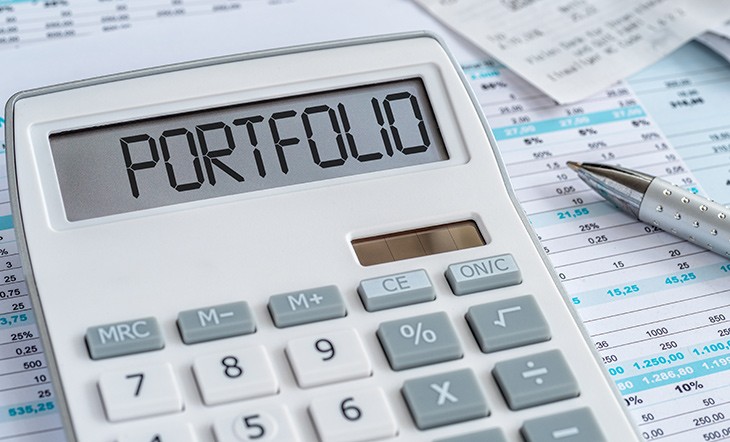




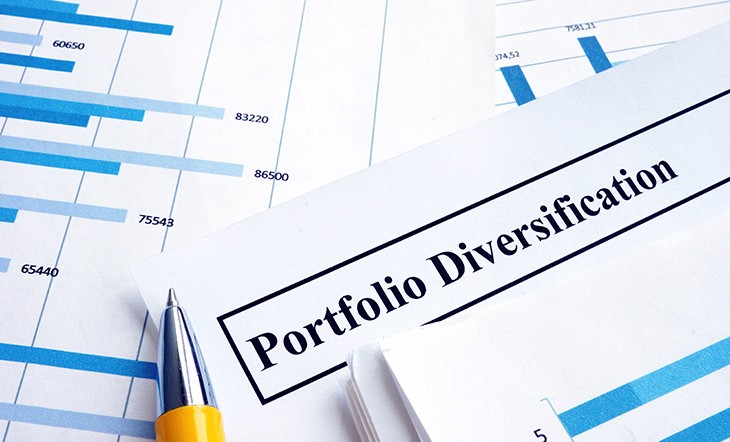
.jpg)
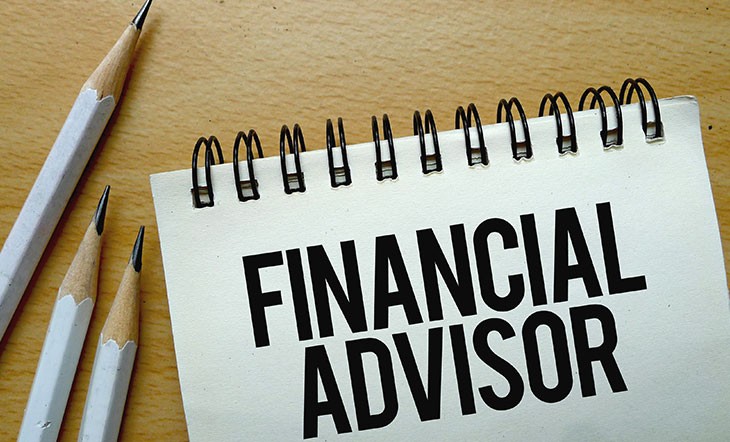




.jpg)


.jpg)


.jpg)

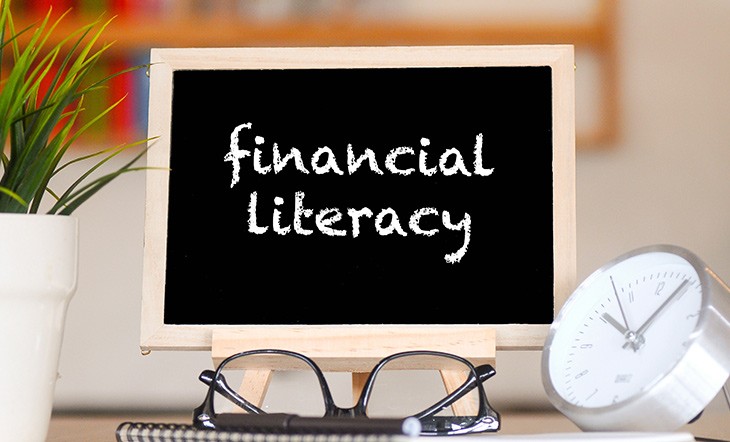












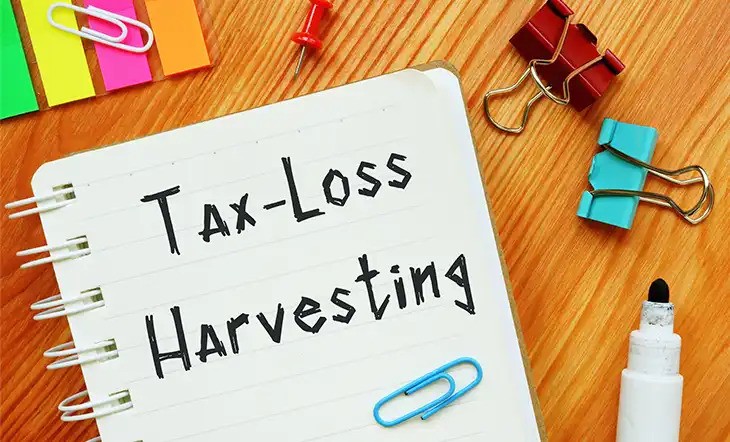
.jpg)





.jpg)




.jpg)


.jpg)






.jpg)

.jpg)






.jpg)




.jpg)

.jpg)


.jpg)
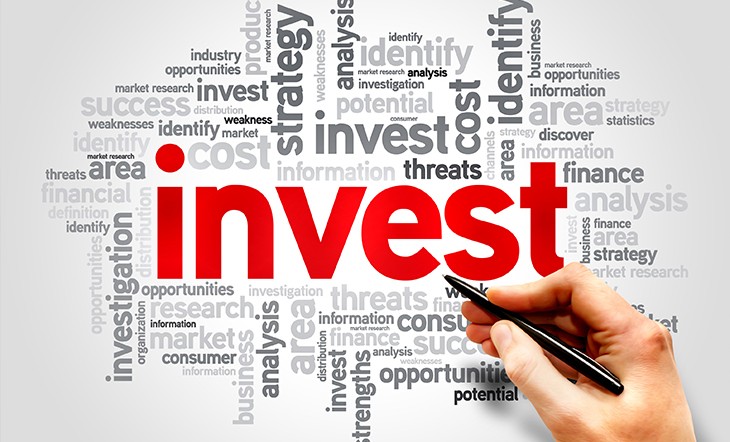
.jpg)





.jpg)
.png)
.jpg)




.jpg)

.jpg)

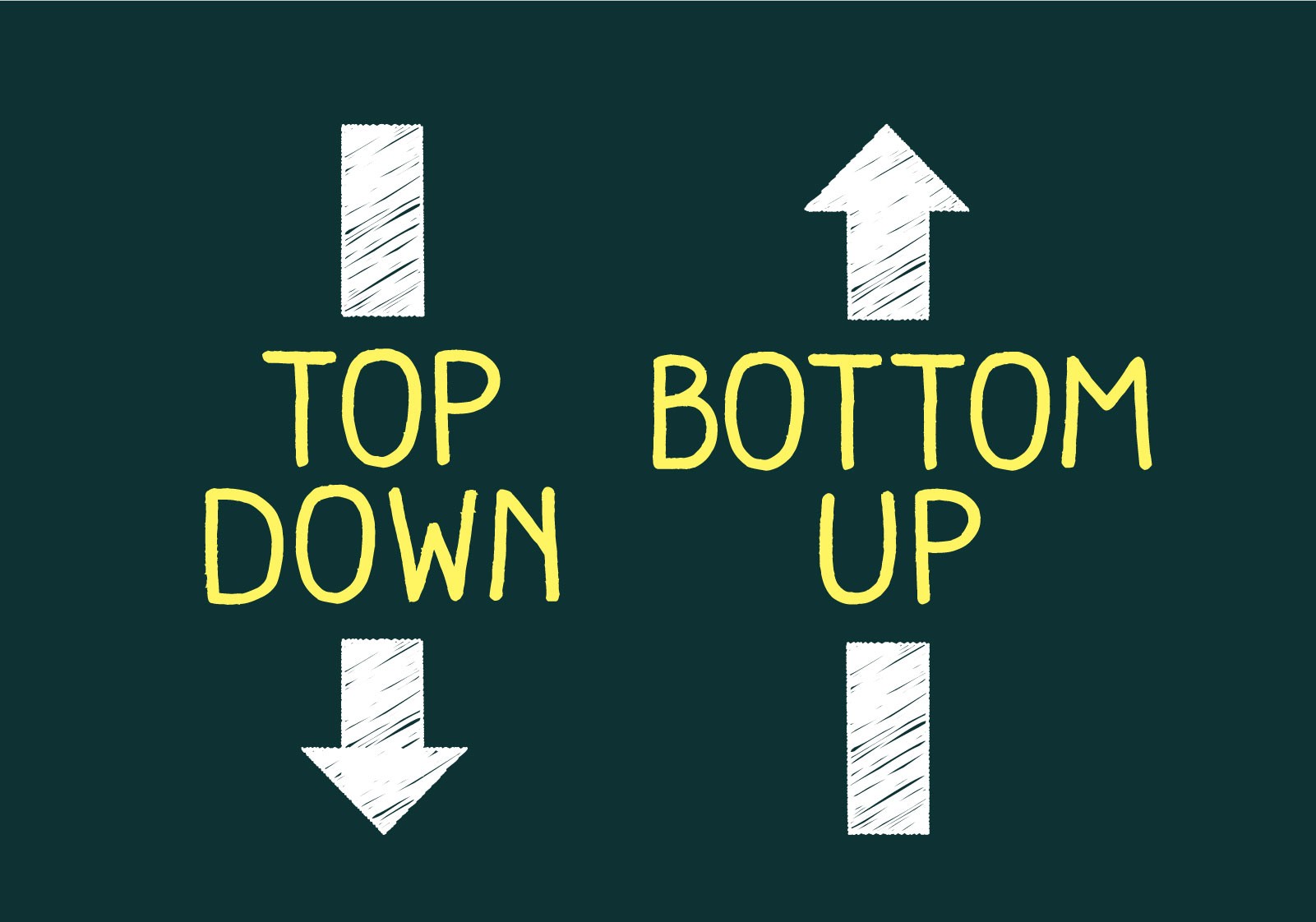
.jpg)


.jpg)

.jpg)

.jpg)
.jpg)
.jpg)

.jpg)

.jpg)




.jpg)


.jpg)

.jpg)


.jpg)
.jpg)
.jpg)
.jpg)
.jpg)

.jpg)




.jpg)


.jpg)
.jpg)
.jpg)
.jpg)

.jpg)
.jpg)











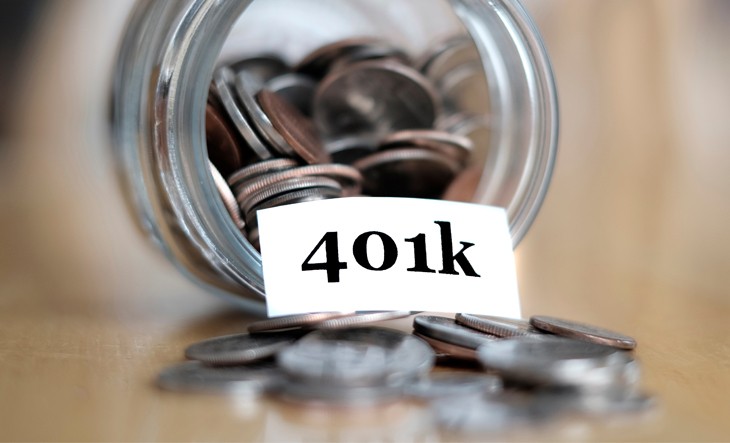



.jpg)

.jpg)


.jpg)



.jpg)












.jpg)



